The finest cemeteries transcend their primary purpose, transforming spaces of mourning into galleries of sculpture, architecture, and landscape design that rival the world’s great museums. These grounds showcase humanity’s most creative responses to mortality, featuring masterworks by renowned artists, innovative architectural monuments, and carefully planned landscapes that create profound beauty from life’s most difficult reality.
From elaborately carved Victorian memorials to modern minimalist designs, these burial grounds prove that commemorating the dead can inspire the living in unexpected ways. Here is a list of 15 cemeteries that are works of art.
Père Lachaise Cemetery
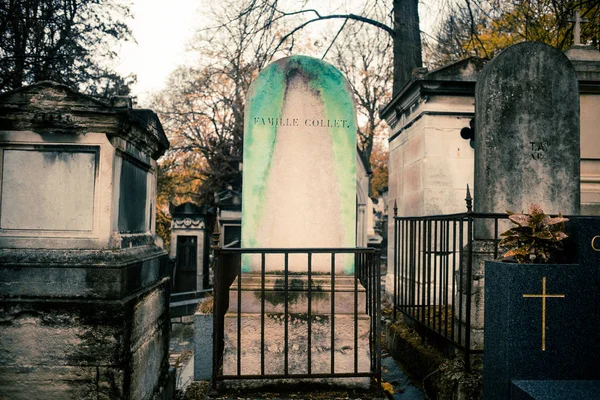
Paris’s most famous cemetery reads like a who’s who of French culture, with elaborate tombs for writers, musicians, and artists creating an outdoor museum of 19th and 20th-century memorial art. Jim Morrison’s grave draws rock fans from around the world, while Édith Piaf’s simple black monument contrasts sharply with the ornate Victorian memorials surrounding it.
The cemetery’s winding paths and mature trees create intimate spaces where visitors can discover unexpected sculptural masterpieces, from Rodin-influenced figures to Art Nouveau monuments that showcase the finest craftsmanship of their respective eras.
Recoleta Cemetery
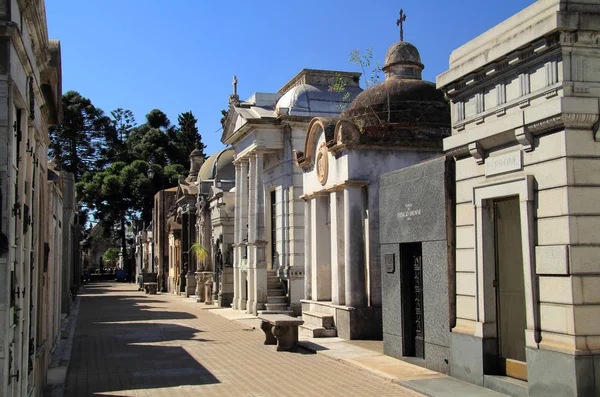
Buenos Aires’s Recoleta Cemetery packs an extraordinary concentration of artistic monuments into just 14 acres, creating a maze of mausoleums that represents the peak of Argentine artistic achievement from the 1800s through today. Eva Perón’s tomb remains the cemetery’s most visited site, though the surrounding structures—including elaborate Art Deco crypts and neo-Gothic chapels—demonstrate the wealth and artistic ambitions of Argentina’s elite families.
Many mausoleums feature stained glass windows, marble sculptures, and bronze doors crafted by Europe’s finest artisans, making a walk through the cemetery feel like touring a succession of private art galleries.
Like Travel Pug’s content? Follow us on MSN.
Staglieno Cemetery

Genoa’s hillside cemetery showcases Italian sculptural artistry at its finest, with life-sized marble figures that seem to breathe and move despite being carved from stone over a century ago. The cemetery’s terraced layout takes advantage of natural topography to create dramatic vistas where mourning figures and angels appear to overlook the Mediterranean Sea in the distance.
Many sculptures were created by artists who later gained international recognition, making Staglieno a treasure trove of 19th-century Italian art that happens to be displayed in a burial ground rather than a traditional museum setting.
Highgate Cemetery
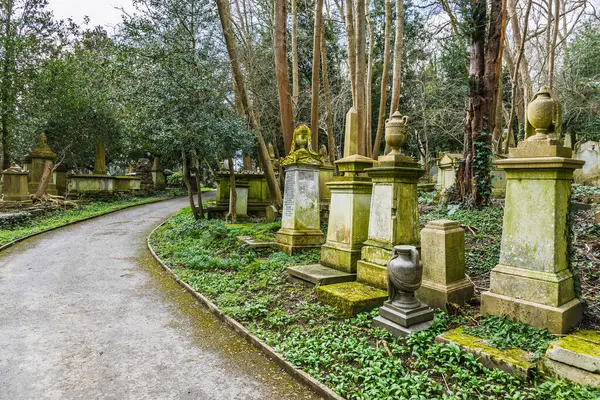
London’s Highgate Cemetery combines Victorian Gothic architecture with carefully planned landscape design, creating an atmosphere that feels more like a romantic garden than a traditional burial ground. The cemetery’s famous residents include Karl Marx, Douglas Adams, and George Eliot, though the artistic merit lies primarily in the elaborate Victorian monuments and the way nature has been allowed to reclaim portions of the grounds.
Overgrown paths wind between crumbling angels and ivy-covered mausoleums, creating a Gothic atmosphere that has made the cemetery a popular filming location for period dramas and horror movies.
Woodlawn Cemetery
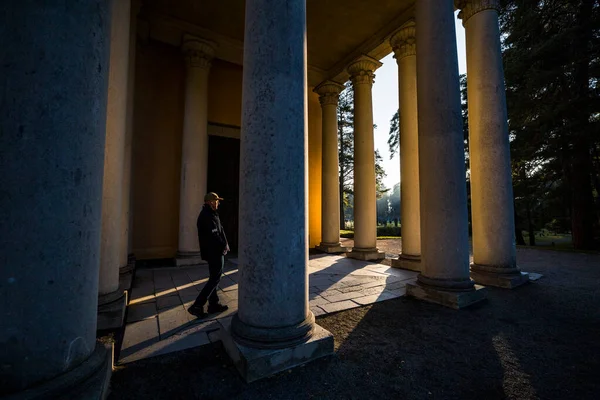
The Bronx’s Woodlawn Cemetery functions as an outdoor gallery of American memorial art, featuring works by some of the country’s most celebrated sculptors, including Augustus Saint-Gaudens and Daniel Chester French. The cemetery’s rolling hills and mature trees provide an ideal setting for monuments that range from simple granite markers to elaborate bronze sculptures commemorating industrialists, musicians, and cultural figures.
Notable graves include those of Duke Ellington, Miles Davis, and Herman Melville, though the artistic significance extends far beyond famous names to encompass the overall design aesthetic that influenced American cemetery planning nationwide.
Like Travel Pug’s content? Follow us on MSN.
Green-Wood Cemetery
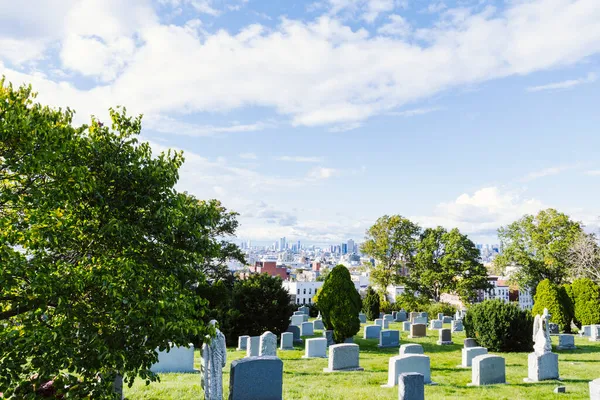
Brooklyn’s Green-Wood Cemetery pioneered the American rural cemetery movement, combining artistic monuments with landscape architecture to create a space that served as New York’s primary public park before Central Park was built in the 1850s. The cemetery’s 478 acres include glacial hills, ponds, and carefully planned vistas that frame artistic monuments against dramatic backdrops of the Manhattan skyline and New York Harbor.
Civil War monuments, Victorian angels, and modern minimalist designs coexist within a landscape that demonstrates how cemeteries can function as both memorial spaces and works of environmental art.
Glasnevin Cemetery
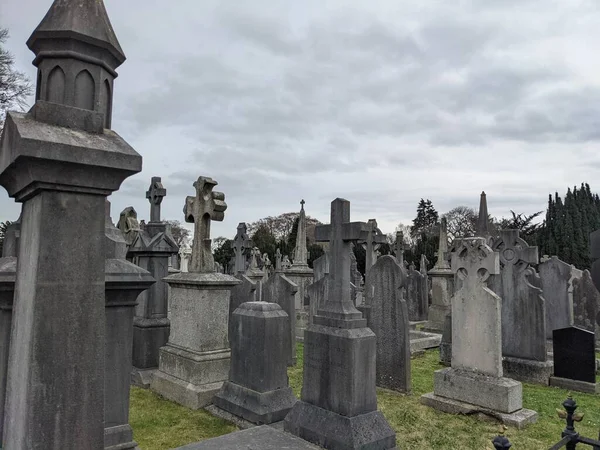
Dublin’s Glasnevin Cemetery tells the story of Irish history through its monuments, from simple headstones marking famine victims to elaborate Celtic crosses commemorating leaders of the independence movement. The cemetery’s museum and guided tours reveal how different artistic styles reflect changing attitudes toward death, nationalism, and religious faith over more than 180 years.
High crosses, harps, and shamrocks carved in stone create a distinctly Irish aesthetic, while the cemetery’s mature trees and well-maintained paths provide a peaceful setting that contrasts with the often turbulent history represented in the graves.
Vyšehrad Cemetery
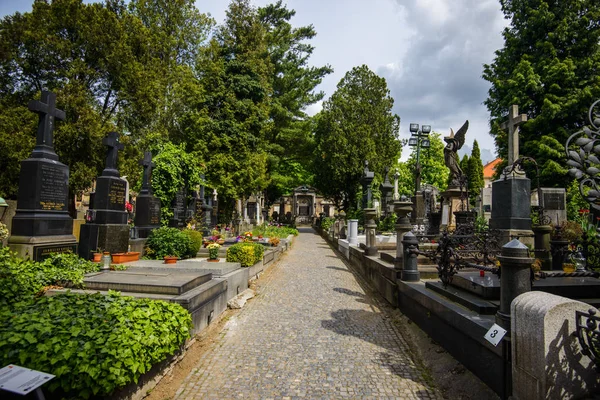
Prague’s Vyšehrad Cemetery serves as the final resting place for Czech cultural luminaries, with artistic monuments that reflect the country’s rich traditions in sculpture, architecture, and decorative arts. Composer Antonín Dvořák’s grave features a bronze bust and musical notation carved in stone, while other monuments incorporate elements of Czech Art Nouveau and folk art traditions.
The cemetery’s position atop a hill overlooking the Vltava River provides dramatic views of Prague’s historic center, making it a popular destination for both cultural pilgrims and tourists seeking artistic inspiration.
Like Travel Pug’s content? Follow us on MSN.
Montmartre Cemetery
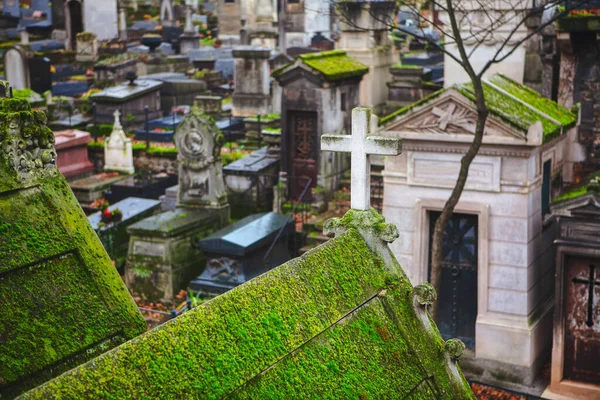
Nestled in a quarry below the Montmartre district, this Parisian cemetery creates an intimate atmosphere where the surrounding neighborhood’s creative energy frames artistic monuments. The graves of composers, writers, and painters are marked with sculptures, bronze reliefs, and architectural elements that reflect the artistic movements these figures helped create.
François Truffaut’s simple grave contrasts with more elaborate monuments, while the cemetery’s narrow paths and mature trees create secluded spaces perfect for contemplating the relationship between art and mortality.
Rookwood Cemetery
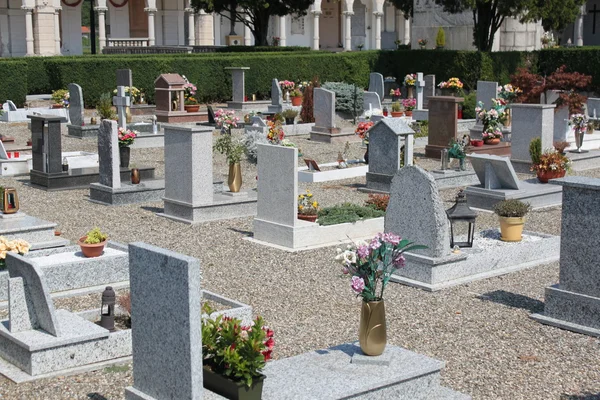
Sydney’s Rookwood Cemetery demonstrates how modern cemetery design can incorporate artistic elements while maintaining the dignity appropriate to a burial ground. The cemetery’s contemporary sections feature sculptures by regional artists, while older areas showcase traditional monuments in a park-like setting that includes ponds, bridges, and carefully planned garden spaces.
The cemetery’s commitment to integrating art with landscape architecture has created a model for American cemetery design that balances memorial function with aesthetic beauty.
Waverley Cemetery
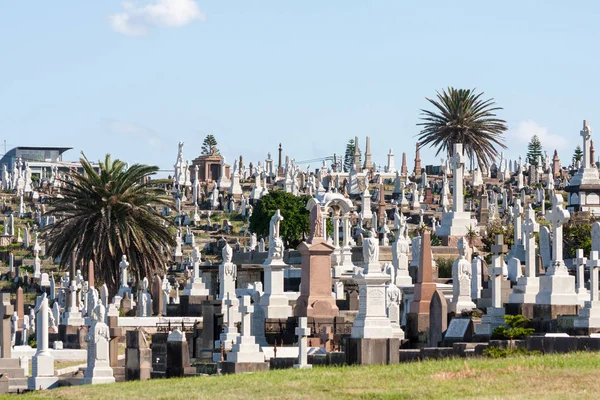
Sydney’s Waverley Cemetery occupies dramatic clifftop real estate overlooking Bronte Beach, creating one of the world’s most spectacularly situated burial grounds where ocean views frame Victorian and Edwardian monuments. The cemetery’s terraced layout takes advantage of natural topography to create intimate spaces where elaborate headstones and sculptures are silhouetted against the Pacific Ocean.
Salt air and coastal weather have aged the monuments in ways that add to their artistic character, while the cemetery’s position between beach and urban neighborhoods makes it a popular destination for both mourners and art enthusiasts.
Like Travel Pug’s content? Follow us on MSN.
Zentralfriedhof
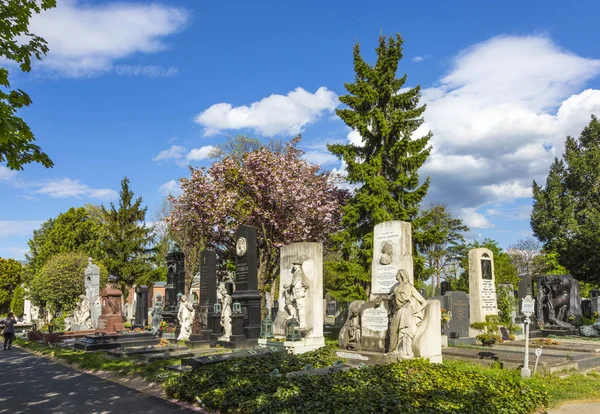
Vienna’s Central Cemetery houses an extraordinary collection of memorial art that reflects the city’s musical and artistic heritage, with monuments to composers like Beethoven, Schubert, and Brahms designed by leading Austrian artists and architects. The cemetery’s size—nearly 600 acres—allows for grand gestures, including elaborate family mausoleums and sculptural groupings that function as outdoor galleries of Austrian decorative arts.
Art Nouveau monuments from the early 1900s showcase the distinctive Viennese approach to memorial design, while the cemetery’s main church serves as an architectural focal point that anchors the entire composition.
Hollywood Forever Cemetery

Los Angeles’s Hollywood Forever Cemetery combines the glamour of the entertainment industry with serious memorial art, creating a unique cultural landscape where movie stars’ graves coexist with elaborate monuments dating back to the city’s founding. The cemetery hosts outdoor film screenings and concerts, transforming the burial ground into a community gathering space that celebrates both the dead and the living.
Peacocks roam the grounds freely, adding an unexpected element of natural beauty to a cemetery that includes everything from simple markers to elaborate mausoleums designed by noted architects.
Assistens Cemetery
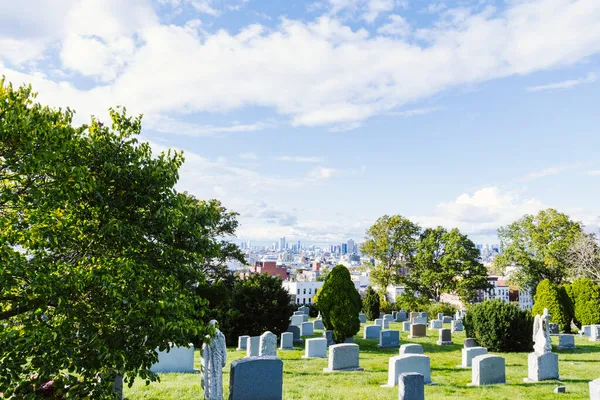
Copenhagen’s Assistens Cemetery functions as both a burial ground and a public park, with tree-lined paths that create intimate spaces for contemplating the sculptural monuments scattered throughout the grounds. Hans Christian Andersen’s grave draws international visitors, though the cemetery’s artistic merit extends to hundreds of lesser-known monuments that showcase Danish sculptural traditions from the 1800s through today.
The cemetery’s integration into urban Copenhagen life—locals use it for jogging, walking dogs, and casual socializing—demonstrates how burial grounds can serve multiple community functions while maintaining their memorial dignity.
Like Travel Pug’s content? Follow us on MSN.
Mount Auburn Cemetery
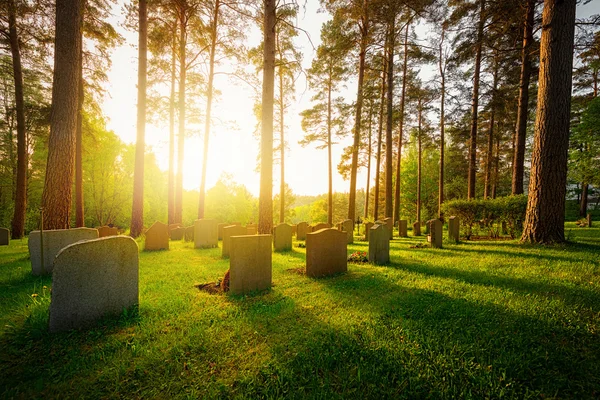
Cambridge’s Mount Auburn Cemetery pioneered the American garden cemetery movement, combining artistic monuments with landscape architecture to create a space that influenced cemetery design throughout the United States. The cemetery’s rolling hills, ponds, and carefully planned vistas provide settings for monuments that range from simple headstones to elaborate Gothic Revival chapels and Egyptian Revival tombs.
Notable residents include poets, scholars, and cultural figures whose graves are marked with artistic monuments that reflect 19th-century American attitudes toward death, remembrance, and artistic expression.
Where Art Meets Eternity

These cemeteries prove that spaces dedicated to death can celebrate life through artistic expression, creating outdoor museums that serve both memorial and cultural functions. The finest examples demonstrate how thoughtful design, quality craftsmanship, and respect for natural landscapes can transform burial grounds into places of beauty that inspire rather than depress visitors.
Their artistic legacy continues to influence contemporary cemetery design while preserving masterworks of memorial art for future generations to discover and appreciate.
More from Travel Pug

- 20 Best Beach Towns in the Carolinas
- 13 Destinations Where Tourists Regularly Regret Their Trip
- 20 Things You Actually Get in First Class
- 20 Small Airports With Aviation Museums
- 20 Places in the U.S. That Are Perfect for a Reset Trip
Like Travel Pug’s content? Follow us on MSN.
